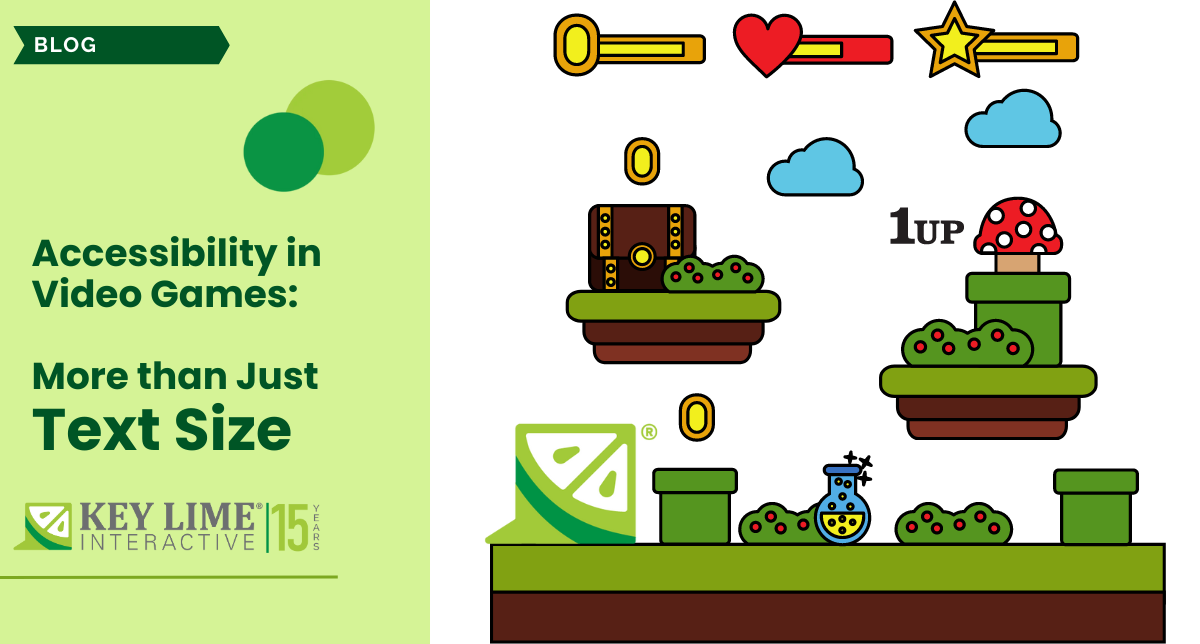
 On May 28, 1988, a young woman with cerebral palsy, Lisa Carl, went to her neighborhood movie theater to see a film but was denied entry because of her wheelchair. The theater manager refused to accommodate Lisa and wouldn’t take her money. When questioned later, the manager said, “I don’t have to let her in.” Lisa told this story during testimony to Congress, saying “I was not crying on the outside but I was crying on the inside. I just wanted to watch the movie like everyone else.”
On May 28, 1988, a young woman with cerebral palsy, Lisa Carl, went to her neighborhood movie theater to see a film but was denied entry because of her wheelchair. The theater manager refused to accommodate Lisa and wouldn’t take her money. When questioned later, the manager said, “I don’t have to let her in.” Lisa told this story during testimony to Congress, saying “I was not crying on the outside but I was crying on the inside. I just wanted to watch the movie like everyone else.”
Lisa’s testimony, along with others, led to President George Bush signing the Americans with Disabilities Act (ADA) in 1990. Lisa was in attendance at the signing and President Bush told her, “Lisa, you might not have been welcome at your theater, but I'll tell you—welcome to the White House. We're glad you're here.”
Thanks to the ADA, there are now strict regulations in place to ensure public spaces are open and accessible to everyone, including those with disabilities. For example, if you wanted to build a hotel today there is a 217 point ADA checklist that outlines compliance. Similarly, there are various web accessibility guidelines for websites, but when it comes to ADA website compliance, things are still a bit murky. There are a number of lawsuits underway now trying to clarify the issue, including a potential Supreme Court case involving Domino’s Pizza:
“Domino’s, backed by the U.S. Chamber of Commerce and the nation’s largest retailers, wants the Supreme Court to step in to decide whether the Americans With Disabilities Act, which has transformed America’s physical landscape, applies equally to the Internet.”
Imagine visiting a website today and being met with a popup message that says, “Blind people can’t use our website and we don’t care.” It’s hard to imagine this happening, but when a website fails to support users with accessibility needs the result is the same.
I recently heard a story from a designer who works on a very specialized enterprise tool. The designer’s team had just discovered that the number one user of their tool—a gentleman who used their website practically all day, every day—was colorblind and had been struggling to use the tool. The problem was, the tool relied heavily on color as a status indicator, and none of the colors in the UI were accessible to users with color blindness. This meant that their number one customer was struggling to use the tool! Had the team included a thorough accessibility assessment in their design process, this could have been avoided.
Until things are fully settled in the courts and clear regulations are in place, we should be proactive about supporting users with accessibility needs. Including accessibility assessments and guidelines into the UX research and design process helps ensure that websites are communicating, “We’re glad you’re here” rather than “We don’t have to let you in.”
READ MORE: Accessibility in UX Design, UX Measures and Methods to Evaluate Video Game Interfaces, Inclusivity and UXR Part 1: Revising Survey Screeners, User-Centered Design










Comments
Add Comment